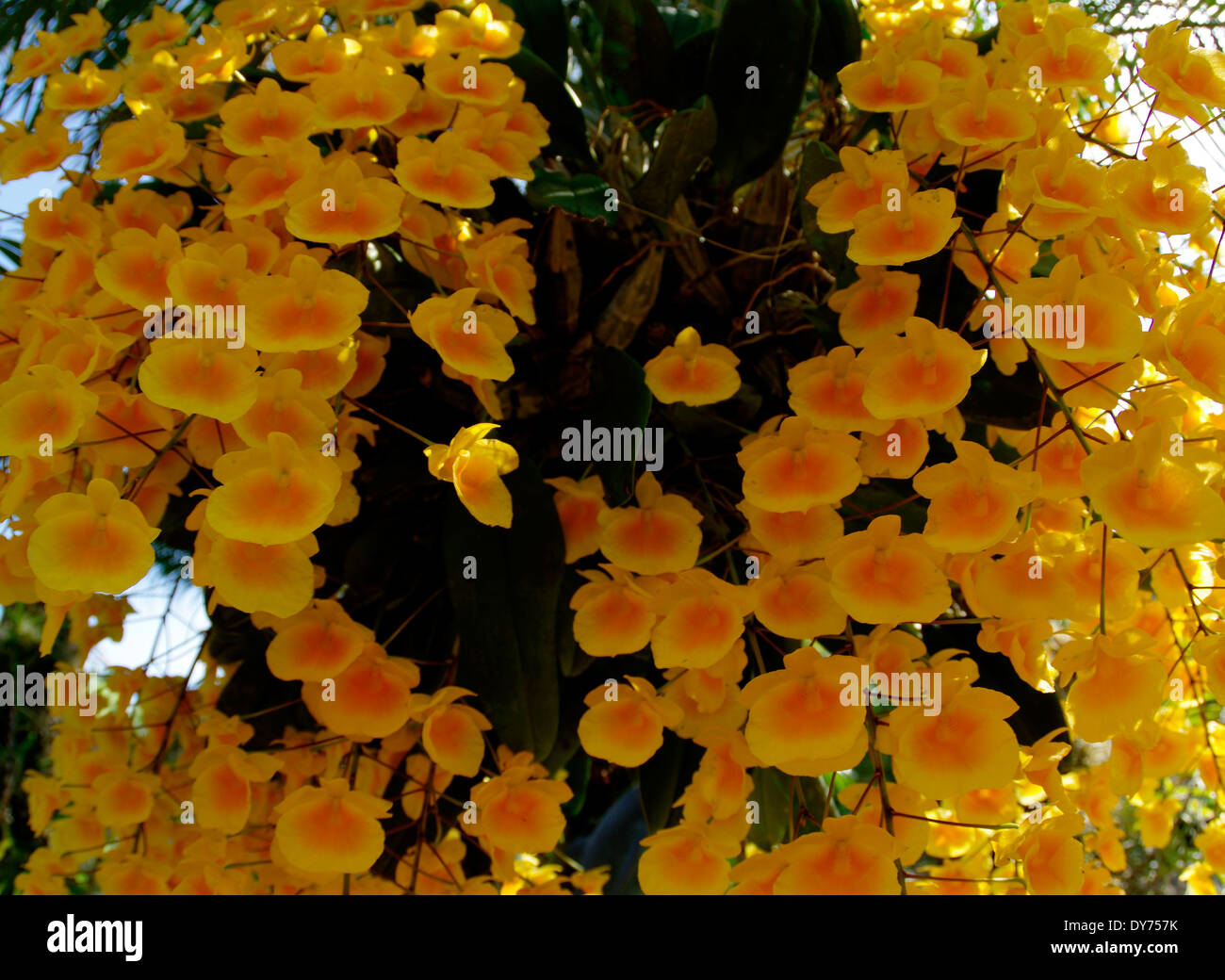Pressed buttercup flower in resin earrings, dried flower earrings, resin earrings, nature earrings, botanical earrings, flower earrings GreenLeafArtwork. From shop GreenLeafArtwork. 5 out of 5 stars (5) 5 reviews $ 25.00. Only 3 available and it's in 3 people's carts.
- Dendro is a volumetric modeling plug-in for Grasshopper built on top of the OpenVDB library. It provides multiple ways to wrap points, curves, and meshes as a volumetric data type, allowing you to then perform various operations on those volumes.
- Buttercups belong to the Ranunculus genus, which contains approximately 400 species. Despite the variations, they carry many of the same characteristics. For most varieties, buttercups have slightly curving yellow petals with a waxy coating. This waxy coating comes from reflective cells just below the petal surface.
Dendro Butter Cups
Google uses cookies and data to:- Deliver and maintain services, like tracking outages and protecting against spam, fraud, and abuse
- Measure audience engagement and site statistics to understand how our services are used


- Improve the quality of our services and develop new ones
- Deliver and measure the effectiveness of ads
- Show personalized content, depending on your settings
- Show personalized or generic ads, depending on your settings, on Google and across the web
Click 'Customize' to review options, including controls to reject the use of cookies for personalization and information about browser-level controls to reject some or all cookies for other uses. You can also visit g.co/privacytools anytime.
I have been taking advantage of a rare warm and sunny spring day to get into the garden to do some much-needed tidying. As an organic gardener I spend a lot of time digging up weeds. It's actually quite therapeutic! This year the buttercups are doing fantastically well. Buttercups are one of those weeds/wild flowers which are quite nostalgic because as children in the UK they are one of the first flowers to learn and to wonder at with their incredible yellow flower. As an adult the attitude changes as many regard them as pernicious weeds. Spode produced a pattern called Buttercup which became very popular, particularly in America.| 1983 catalogue page |

- Improve the quality of our services and develop new ones
- Deliver and measure the effectiveness of ads
- Show personalized content, depending on your settings
- Show personalized or generic ads, depending on your settings, on Google and across the web
Click 'Customize' to review options, including controls to reject the use of cookies for personalization and information about browser-level controls to reject some or all cookies for other uses. You can also visit g.co/privacytools anytime.
I have been taking advantage of a rare warm and sunny spring day to get into the garden to do some much-needed tidying. As an organic gardener I spend a lot of time digging up weeds. It's actually quite therapeutic! This year the buttercups are doing fantastically well. Buttercups are one of those weeds/wild flowers which are quite nostalgic because as children in the UK they are one of the first flowers to learn and to wonder at with their incredible yellow flower. As an adult the attitude changes as many regard them as pernicious weeds. Spode produced a pattern called Buttercup which became very popular, particularly in America.| 1983 catalogue page |
| Example of a backstamp used to about 1957 |
Also in 1896 a differently coloured versionappeared with pattern number 2/4191 and called Mandalay.This was in reds and browns. However thebest known version has pattern number 2/7873 and was first recorded in 1924 remaining in production until 1992. Many customers who wanted to add to their services asked for its reintroduction and this finally happened in 2000 but sadly was not the success it was expected to be.
| Example of a backstamp used after 1970 |
| 1962 German catalogue Buttercup left and Cowslip right |

